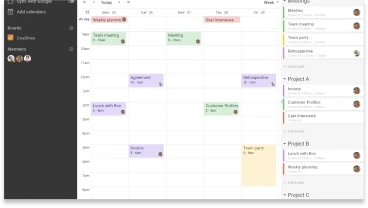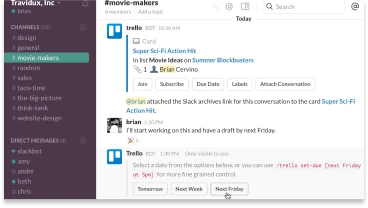Looking to hire remote developers without the long hiring cycles and uncertainty? GraffersID, a Forbes-recognized company, connects you with top-performing remote software developers from India who are pre-vetted, highly skilled, and ready to start immediately. Whether you need one developer or a full, dedicated remote development team, we’ve got you covered.

Our requirement was very specific to skillset, GraffersID gave us dedicated remote developers' profiles which matched perfectly to the job description. We were impressed with the quality they offered.

We started with 1 resource and hired 10 remote developers within 2 months. GraffersID was quick to respond and onboard the resources, making the entire process very smooth and time efficient.
Hire dedicated remote developers in India and skip the delays of traditional hiring.
Hire remote developers from India with zero overhead costs!
Schedule A CallSolving Tech Talent Gaps Without Compromise

Industries Served
Customer data and IP
Client Countries
Man-Hours of Experience
Re-Hire Us
Role Fulfillment
Compared to Local Hiring
Hired from GraffersID
Quick, Transparent & Proven 6-Step Process
1
3.5 hrs
3.5 hrs
2
8 hrs
8 hrs

4
8 hrs
8 hrs
3
8 hrs
8 hrs
5
8 hrs
8 hrs
6
8 hrs
8 hrs

Hire Remote Developers from India in Just 48 Hours!
Get a Quote
Empower your team with effortless access, fostering smooth communication and productivity.

Streamline project progress with our intuitive task tracking, ensuring real-time updates and seamless collaboration.

Gain project insights at a glance with our robust project monitoring, ensuring streamlined progress and informed decision-making.

Effortless team coordination and optimization with our intuitive team management solutions.

Centralize discussions and meetings efficiently on a single platform for enhanced collaboration.

Elevate skills and knowledge through comprehensive training and upskilling programs tailored for success

Here's why 200+ global companies and top startups choose us
Among India’sTop 10Leading Startups

Leading B2B review platform rated us as a “Top 15 Upcoming IT Company in India” in 2018
GraffersID is recognized by Forbes and Clutch as one of the best companies to hire remote developers in India. With a track record of delivering 200+ successful tech products across 12+ countries, we are a trusted partner for global tech companies and scaling startups.




Focus on business growth while we take care of your remote development team!
Project management
Premium office infrastructure
High-config systems & high-speed internet
Team happiness and engagement programs
Developer training and regular upskilling
Time tracking and productivity monitoring
HR, payroll, and retention strategies
Sharing project roadmap and priorities
Availability for strategic discussions
Setting timelines and deliverables
Task allocation

Our customers love what we do

Raised From

GraffersID Teams efficiency, industry knowledge, and communication have led to a long-term engagement.

Recognized by
GraffersID team has been very pro-active in everything right from product discussion to monthly reviews. It is a rare trait, very happy with our engagement.

Incubated By
The product was well received by customers and investors. The team efficiently managed the project by consistently sharing updates and promptly responding to tasks.

Acquired By
It was our first go at remote working and GraffersID stood atop. Hiring contract developers has proven to be far more productive than in-house developer for us.

Listed in

Developers displayed remarkable technical prowess. GraffersID offered us developer who knew nuances of commodity trading which made our job really easy.

Raised From
Visitors enjoyed the landing page’s sleek, engaging visuals and intuitive design. GraffersID established a smooth workflow, listening carefully to requirements and Delivering it on time.
Magic happens when borders disappear.
Mandatory NDA Resources
Restricted Data Sharing
Manage As you Like
Complementary Tracking Tools
Direct Control of Resources
Connect with GraffersID experts to hire remote developer on contractual basis.